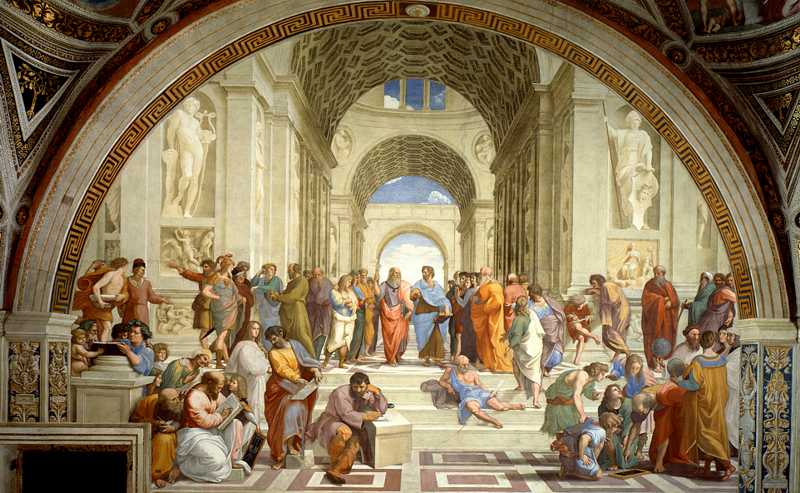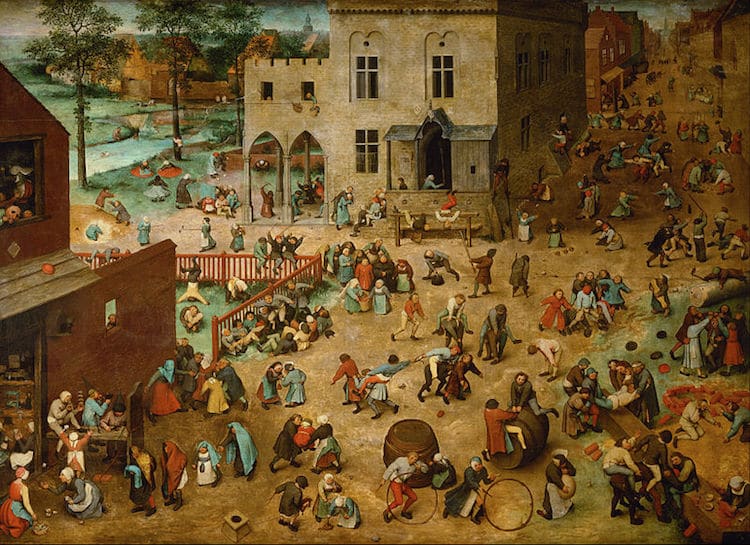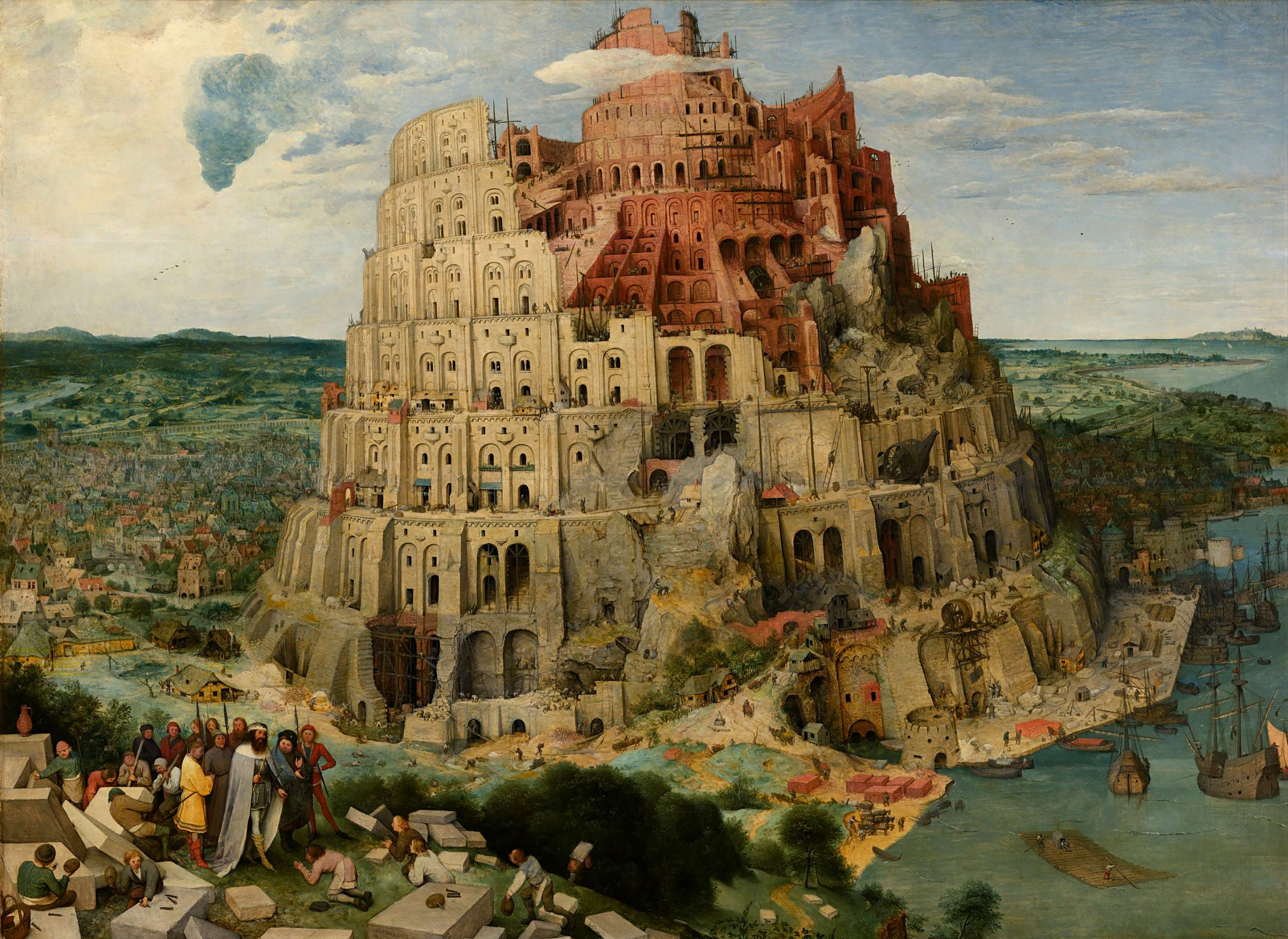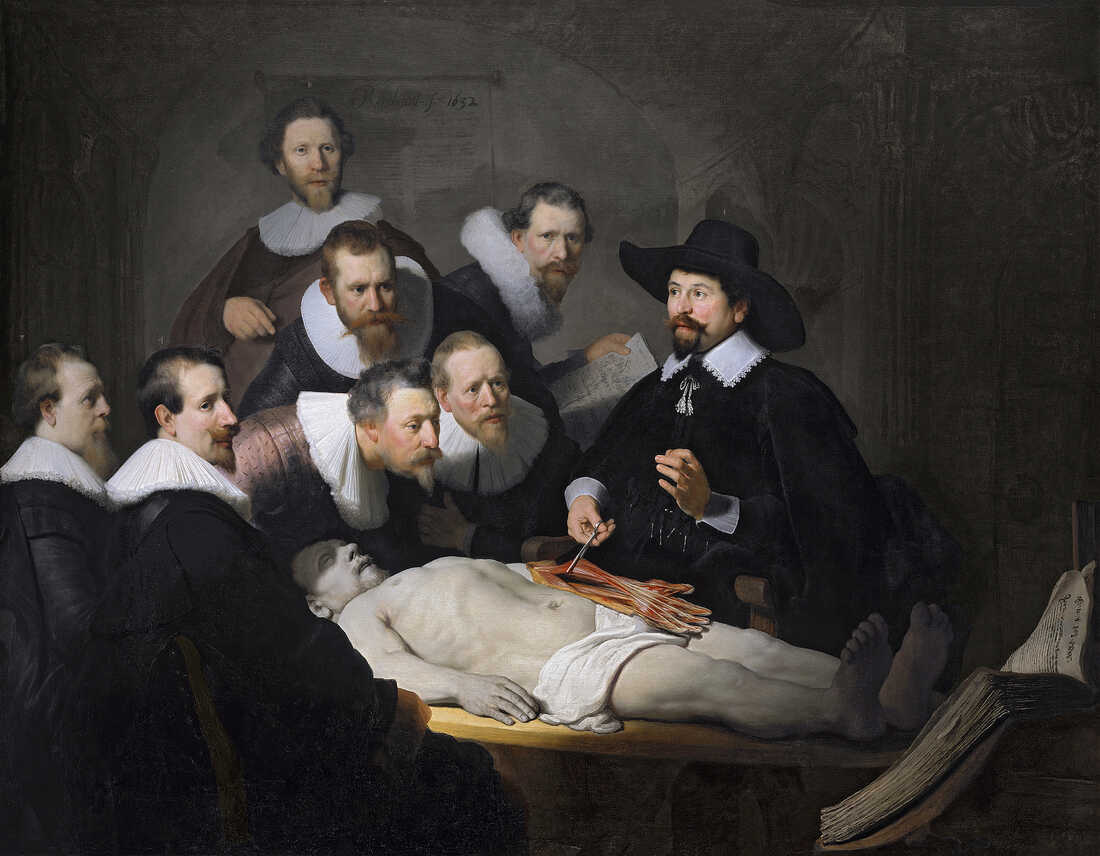Isabela Padilha
C
Christine Lin
AP European History 🇪🇺
335 resourcesSee Units
The Northern Renaissance
The Northern Renaissance occurred after the Italian Renaissance, in the beginning of the 15th century. It affected northern countries in Europe such as Germany, France, England, Belgium and the Netherlands.
The Northern Renaissance and its scholars were a catalyst for the Protestant Reformation, in part because they began reading the original Latin text of the Church⛪ and recognized discrepancies between those readings and the Catholic teachings. Those in the Northern Renaissance were from diverse backgrounds and were passionate about religious reform, unlike those in the Italian Renaissance.
The biggest societal change during the Northern Renaissance was the invention of the printing press by Johann Gutenberg. The printing press🖶 with moveable type was created in Germany during the 15th century. This invention led to the ability for the Church, northern humanists, and statesmen to spread their ideas and viewpoints to a wider audience and books on religion as well.
The Northern Renaissance is characterized by the idea of Christian Humanism 🧍♀️in which the teachings of Christianity were shaped to incorporate the meaning of the individual (what is it to be human?) in their studies. The "prince of humanism" was Erasmus, a Dutch humanist and scholar that wrote several criticisms to the imposition of power and corruption of the Catholic Church. But, he was still a devout Christian and committed to the church. His version of the "New Testament" shaped modern biblical scholarship.
🎥 Watch: AP Euro - Northern Renaissance
The impact of the Northern Renaissance
The Northern Renaissance, with the new values in secularism and individualism that challenge religious, political and intellectual institutions, focused heavily on religious reforms. As Christian humanism arose, religious reform and the creation of new religious sectors away from the Catholic Church was promoted.
The most important part of the Northern Renaissance is the printing press. As mentioned before, it led to an increase in literacy, which led to individuals beginning to question religious text and in turn, led to the demand for religious reform across northern Europe.
Italian Renaissance vs. Northern Renaissance
Italian Renaissance:
- Heavily emphasized on the teaching of Classical text📖
- Less detailed depictions in art of everyday life “naturalism” and more mythological deceptions
- Linked less on Religious issues, but more in intellectual reforms in history, literature and human anatomy

Image Courtesy of Artyfactory
Northern Renaissance:
- Studied less on Classical texts
- More domestic and religious depictions in art🎨 and everyday life (in greater detail)
- Linked more with religious issues and reforms (the religious reforms that challenged and questioned❔ the practices of the Church)

Image Courtesy of My Modern Met
Naturalism
It is an artistic approach that began in the early stages of the Northern Renaissance and it aims to depict the world and individuals in great detail and precision. Here are a few important artists that implemented naturalism:
- Pieter Bruegel the Elder

Note in the piece above the amount of detail and the symbolism of the idea of "rebirth."
- Rembrandt

Note the subjects of the picture above and the precision of their expression. The study of human anatomy became important during the Renaissance, and this piece represents the emergence of this area of interest.
After reading this guide, it is important that you are able to analyze the differences and simillarities in the development of Renaissance across different European regions.
🎥 Watch: AP European History
Browse Study Guides By Unit
🎨Unit 1 – Renaissance & Exploration
⛪️Unit 2 – Reformation
👑Unit 3 – Absolutism & Constitutionalism
🤔Unit 4 – Scientific, Philosophical, & Political Developments
🥖Unit 5 – Conflict, Crisis, & Reaction in the Late 18th Century
🚂Unit 6 – Industrialization & Its Effects
✊Unit 7 – 19th Century Perspectives & Political Developments
💣Unit 8 – 20th Century Global Conflicts
🥶Unit 9 – Cold War & Contemporary Europe
📚Study Tools
🤔Exam Skills
👉Subject Guides

Fiveable
Resources
© 2025 Fiveable Inc. All rights reserved.